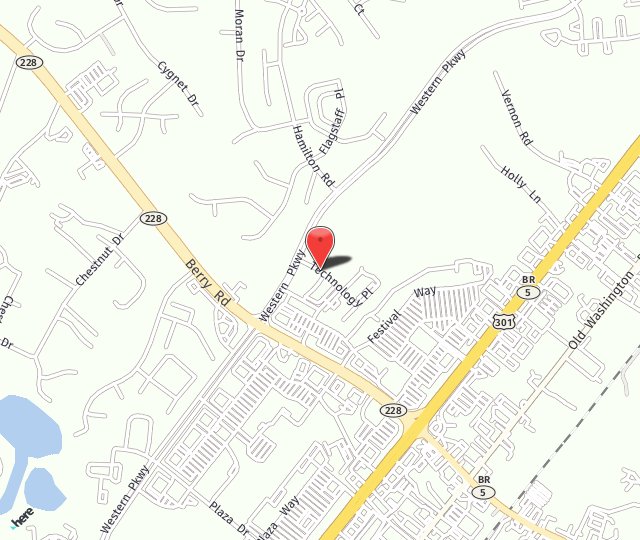
What Is Peripheral Vascular Disease?
Peripheral vascular disease (PVD) is when your peripheral blood vessels start to narrow. The peripheral vascular system (PVS) refers to all the blood vessels located outside of the heart.
PVD can affect blood flow to your arms, stomach, and, most commonly, your legs. When blood flow is reduced, it can cause a lot of pain, cramping, or fatigue in those areas of your body. It can also dramatically slow healing if you get a wound on one of your extremities.
What Causes PVD?
There are a few key causes of PVD. The major one is atherosclerosis, which is the buildup of plaque and fatty deposits inside your arteries. This causes them to stiffen and narrow. Other factors that increase your risk are smoking, diabetes, obesity, high blood pressure, high cholesterol, and a lack of exercise. Genetics and age can also play a role since your arteries naturally narrow as you get older.
What Are the Symptoms of PVD?
Since PVD usually starts in the extremities, one of the first signs is pain or cramping in your legs or arms that happens when you walk or exert yourself—but then goes away fairly quickly when you rest. Your legs or feet may often feel weak, tired, numb, or cold. Skin color changes or sores that won’t heal can also indicate reduced blood flow. If PVD gets severe enough, even resting may be painful.
How Is PVD Diagnosed and Treated?
To check for PVD, one of our doctors at the Metropolitan Vascular Institute will first take your medical history and do a physical exam to document your symptoms and check the pulses in your legs and feet. They may also order imaging tests like an ultrasound, CT scan, MRI, or angiography.
Once you are diagnosed, treatment focuses on improving blood flow. That means quitting smoking, starting an exercise plan, changing your diet, and potentially taking cholesterol or blood pressure medication. More advanced PVD could require angioplasty to widen arteries or stent implantation to help blood flow better. If those aren’t effective, surgery may be necessary.
Get Examined for Peripheral Vascular Disease in Waldorf, MD
Peripheral vascular disease can worsen over time, so getting evaluated as soon as possible is key for effective treatment. Call the caring specialists at the Metropolitan Vascular Institute at (301) 374-8540 to schedule an appointment.

